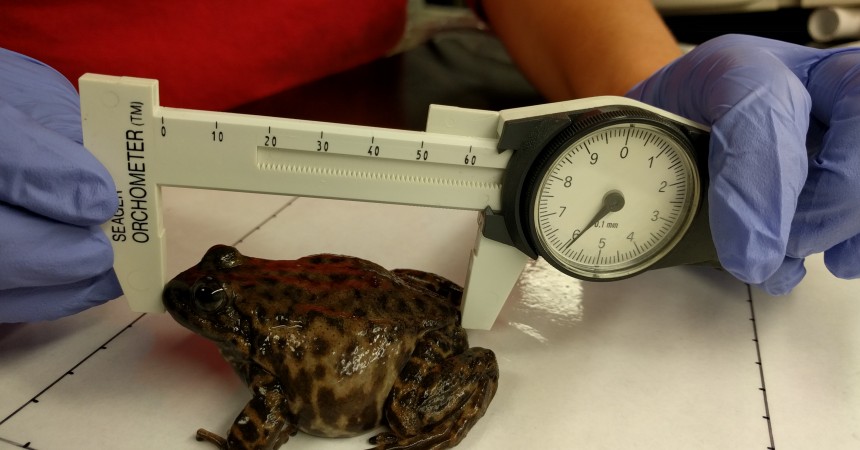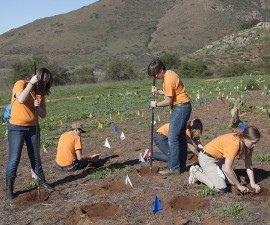Read Getting Set for Spring, Part 1 here.
Hibernation or overwintering is an important adaptation to cold environments, which some amphibian species are exposed to when they live at high altitudes and latitudes. Physiologically, animals readjust their daily operating mechanisms during winter by reducing their metabolism and acquiring fuel reserves during the summer months. Amphibians can even change their cellular functions to prevent freezing and to metabolize fat reserves and control gaseous exchange in a more efficient manner.
One of the primary adaptations to pronounced seasonal changes lies in the timing of reproduction. Seasonal synchronization of breeding increases with increasing latitude and emergence from hibernation is followed by a signal to find a mate and breed. However, hibernation also provides the perfect time for these animals, particularly the females, to prepare for breeding. We know from a variety of species that large reductions in temperature affect the way eggs develop and mature. In some instances, a lack of exposure to cold temperatures can even prevent the maturation of eggs.
As cold temperatures promote egg maturation in females, sperm production in males is also positively correlated to colder environments. Cold temperatures also affect the way reproductive hormones are produced and circulate in both sexes and they can even affect mate choice. Females that are ready to release eggs will often accept a male clasping them (a behavior called amplexing) compared to females that are not ready to breed that year.
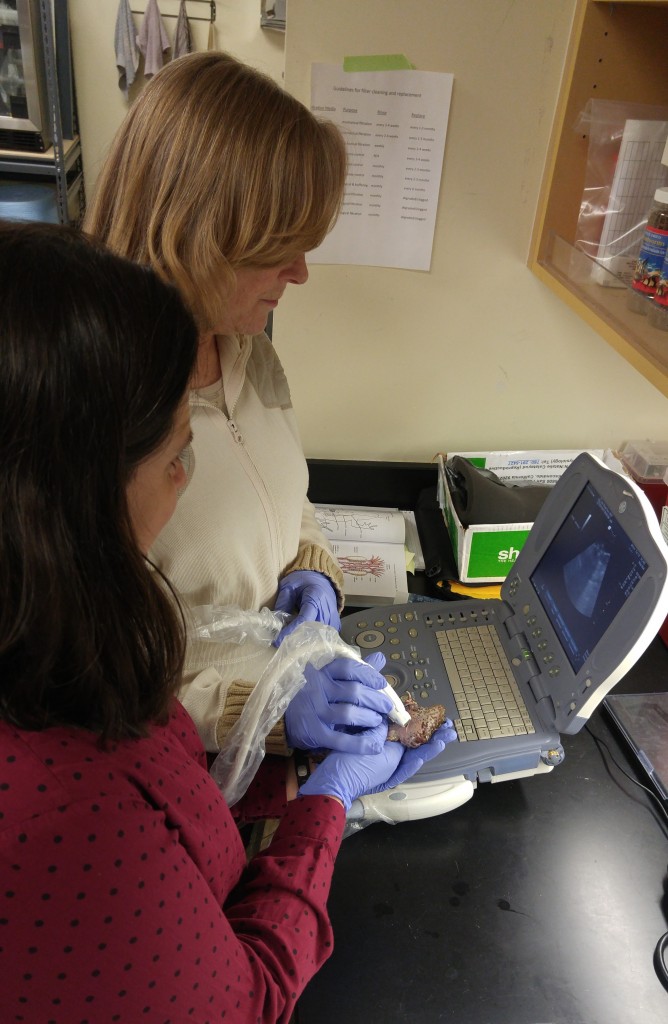
During hibernation, each female frog undergoes a monthly ultrasound examination to monitor changes in the body.
In the lab, we try to keep precise records of how egg development is proceeding during hibernation, and how females recover and prepare for the next breeding season. To do so, we employ an ultrasound—the very same type of machine you would find in your doctor’s office! Once a month, during hibernation, Barbara Durrant, Ph.D., director of the division of reproductive physiology and Natalie Calatayud, Ph.D., perform ultrasound examinations on all of our female mountain yellow-legged frogs. Ultrasound machines produce an acoustic energy in the form of waves that bounce off tissues and structures contained in them. The female frog is gently restrained and the ultrasound wand is moved over the abdomen to visualize each ovary and oviduct. This way, we can visually track the follicles and determine when they mature into eggs.
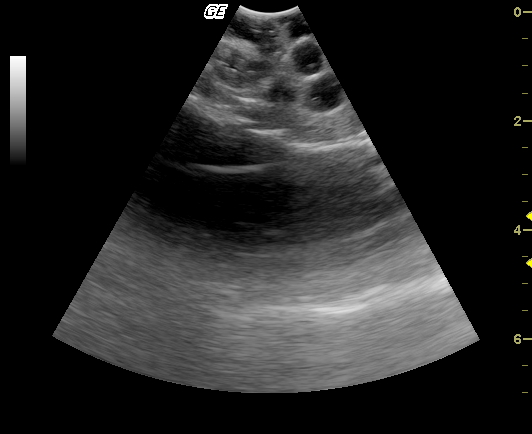
Ultrasound images give researchers an inside peek to see if eggs are developing.
Each time the frogs are imaged, weights and measurements are taken to monitor overall body growth. As you might imagine, with each female capable of laying a clutch of 200 to 900 eggs, some of them grow very round as their eggs mature.
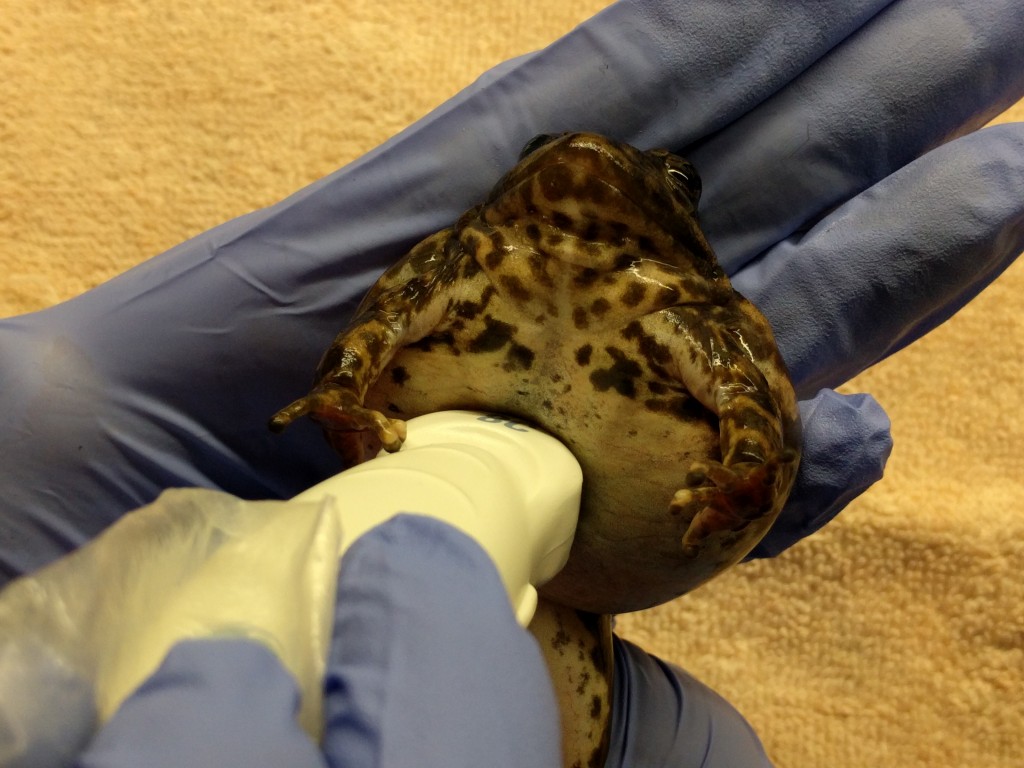
Female mountain yellow-legged frogs grow quite plump as their eggs mature.
The mountain yellow-legged frog is listed as endangered, with an estimated population of fewer than 200 adults in the wild in Southern California! Captive breeding of this species is essential to the recovery of wild populations. From the 2015 breeding season alone, we were able to raise over 900 tadpoles that were released in the San Jacinto Mountains. We were also able to support 175 tadpoles through metamorphosis and overwinter the young froglets in our lab for reintroduction in 2016. The process of allowing animals to grow up in managed care is known as “headstarting.” Headstarting increases the chances of survival in the wild by allowing the youngsters time to grow and put on weight in a safe environment before taking up residence in their native habitat. For the 2016 breeding season, we can only wish for more of the same—lots of eggs and lots of tadpoles!
Nicole Gardner is a senior research associate at the San Diego Zoo Institute for Conservation Research.
Michelle Curtis, a research associate, Natalie Calatayud, a post-doctoral research associate, also contributed to this blog.

